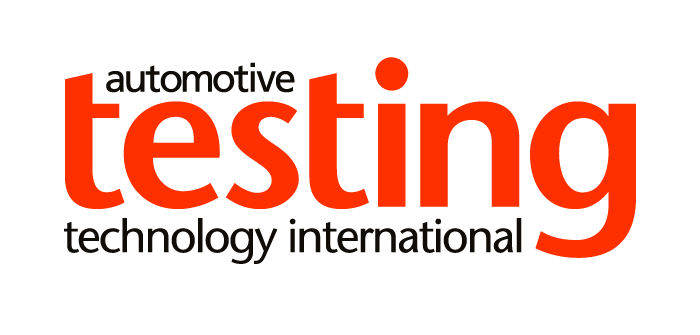The starting point of any vehicle development process is occupant safety. Shifting responsibility from driver to car maker to prevent accidents has a major impact on the development process. Car makers will have to prove the thoroughness of their development processes if people are injured or killed due to an autonomous vehicle undertaking an incorrect maneuver.
The technology enabling these vehicles to drive safely in all potential traffic scenarios is complex – featuring integrated systems consisting of sub-systems, with different mechanical, electrical and software components. These components cannot be treated as separate objects. Software and hardware need to be developed in sync to ensure affordable hardware costs and the desired system performance.
A key variable in automated driving systems is sensor configuration. New sensors are being introduced at a rapid pace and more advanced sensor fusion algorithms being developed. There is an infinite number of possible compositions to generate a 360° image of the environment around the vehicle, with different sensor types, quantities and positions on the vehicle. Sensors are a huge cost factor in vehicles, making configuration selection a potential market differentiator.
Potentially the biggest challenge, however, is ensuring that the vehicle will perform to its specifications – not only during the development stages, but in real traffic, and for its lifetime. This requires a validation and verification process that enables performance testing in a large number of circumstances. The process must be repeatable for each car evolution, enabling performance comparisons for design exploration purposes.

Design decisions and test results must be traceable. Supporting hardware and software development with instant optimization capabilities for sensor configurations and a highly automated and repeatable validation and verification process is necessary.
A solution is only scalable for mass production if the requirements, the system and simulation architectures, the models and the performance validation results are managed carefully. This ensures that a product can be continuously improved, liability claims can be dealt with, and redundant work limited by maximizing the re-use of digital data.
System on chip
Automotive ECUs are no longer off-the-shelf components. There is a high chance that special chips for autonomous vehicles will be developed, ones that can cope with the high computation demands and new environment. Automotive companies and chip developers are working closely together, however, long development cycles and the high cost of chip wafers place stress on this relationship.
Siemens business Mentor supports the chip development process with virtual and emulated representations of early stage chip design. This enables integrated design exploration and early stage validation and verification of future system performance with realistic compute performance. Furthermore, Mentor simulation solutions can be used to optimize the thermal and durability performance of chips and systems.

AD compute platform
The autonomous platform covers the control system hardware configuration. The system boundaries are the vehicle sensors and the actuator outputs at the vehicle’s communication bus.
It is a complex assembly of electronics and wiring, requiring unique calculation times, energy consumption, thermal performance, EMC and multiple other attributes. Functionally, the autonomous platform translates an environment into electric signals at the system outputs, which make the car follow the anticipated trajectory.
Current ADAS such as adaptive cruise control, lane keeping assist and automated parking systems are delivered as a combined package incorporating sensors and processors. In future it is expected that cars will have a centralized architecture, combining an array of functions.
Many sensors in a vehicle will be used to build a 360° representation of the environment to inform all automated driving functions. A central processor unit will run sensor fusion algorithms on raw sensor data and generate a list of objects in the vehicle’s surroundings.
Determining the ultimate product
To produce autonomous cars in large volumes, it is not feasible to add additional resources to current vehicle development teams and simply enlarge the toolchain with additional software solutions. The requirements for energy efficiency, comfort, drivability and durability will only be exacerbated as development continues.
Connecting to larger networks also factors into this dilemma. Balancing the factors that influence vehicle performance, in often conflicting domains, can be done via an integrated process and toolchain. This will be integral for developing shared, autonomous mobility solutions.


